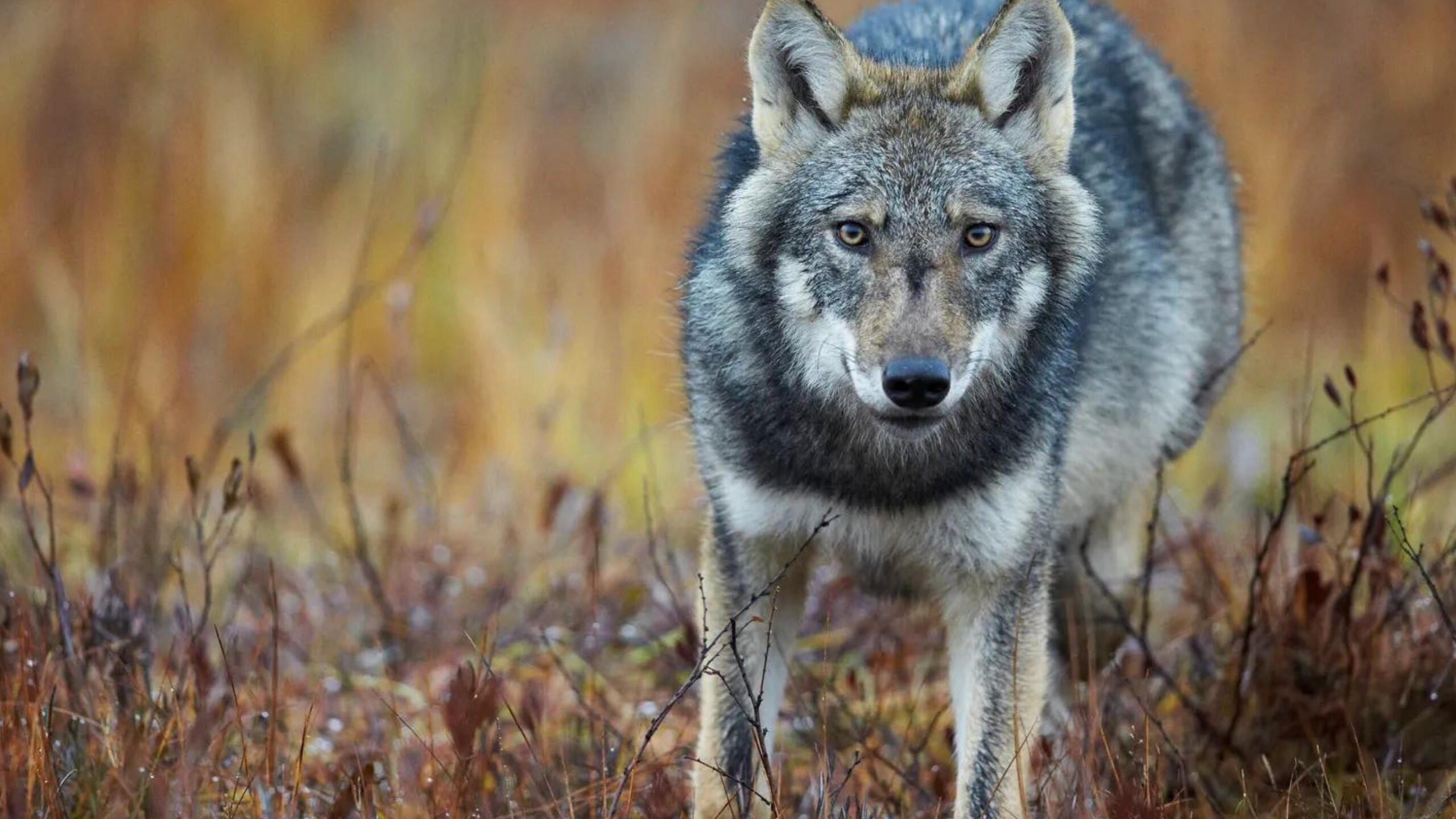The Eurasian wolf, a captivating and formidable predator, roams the vast landscapes of Europe and Asia. This magnificent creature, known for its intelligence, strength, and adaptability, plays a crucial role in its ecosystem. Understanding the Eurasian wolf not only highlights its significance in the wild but also underscores the importance of conservation efforts to protect this iconic species. Here are ten fascinating facts about the Eurasian wolf that reveal its unique characteristics and behaviors.
1. Wide Distribution
The Eurasian wolf boasts one of the largest ranges of any wolf subspecies, inhabiting regions from Western Europe across to the Russian Far East, and down into the Middle East. This extensive range showcases their remarkable adaptability to various environments, from dense forests to open plains.
2. Physical Characteristics
Eurasian wolves are distinguished by their robust build, typically weighing between 50 to 70 kilograms (110 to 154 pounds). They have a dense, coarse coat that varies in color from gray to brown, helping them blend seamlessly into their surroundings.
3. Social Structure
Eurasian wolves are highly social animals, living in packs that can range from a small family unit to large groups of up to 15 individuals. The pack structure is hierarchical, led by an alpha male and female who are responsible for leading hunts and making decisions for the group.
4. Hunting and Diet
As apex predators, Eurasian wolves primarily hunt large ungulates such as deer, elk, and wild boar. They are also known to scavenge and consume smaller mammals, birds, and even fruits when necessary. Their hunting strategies are highly cooperative, relying on the pack's coordination and strength.
5. Communication Skills
Wolves communicate using a sophisticated system of vocalizations, body language, and scent marking. Howling is perhaps the most well-known form of wolf communication, used to assemble the pack, mark territory, and establish contact with other wolves.
6. Reproduction and Lifespan
Breeding season for Eurasian wolves occurs in late winter, with pups being born in the spring after a gestation period of about 63 days. A typical litter consists of 4 to 6 pups. In the wild, Eurasian wolves have a lifespan of around 6 to 8 years, although they can live longer in captivity.
7. Adaptability
Eurasian wolves are incredibly adaptable, thriving in a range of habitats including forests, tundras, deserts, and mountainous regions. This adaptability has allowed them to survive in diverse environments and cope with changing conditions.
8. Conservation Status
While the Eurasian wolf population is relatively stable in many regions, it faces significant threats from habitat loss, human conflict, and poaching. Conservation efforts are crucial to ensure the survival of this species, including protected areas, legal protections, and education programs to mitigate human-wolf conflicts.
9. Cultural Significance
Throughout history, the Eurasian wolf has held a prominent place in folklore and mythology across various cultures. They are often depicted as symbols of wilderness, strength, and sometimes as adversaries in myths and stories, reflecting the complex relationship between humans and wolves.
10. Role in the Ecosystem
Eurasian wolves play a vital role in maintaining the health of their ecosystems. By controlling the populations of large herbivores, they help prevent overgrazing and promote biodiversity. Their presence is an indicator of a healthy and balanced environment.
The Eurasian wolf is a remarkable species that embodies the wild spirit of its extensive range. From their complex social structures to their critical role in ecosystems, these wolves are essential to the natural world. As we continue to learn more about them, it is vital to support conservation efforts to ensure that these magnificent predators remain a thriving part of our planet's biodiversity. Understanding and appreciating the Eurasian wolf not only enhances our knowledge of wildlife but also strengthens our commitment to preserving nature for future generations.
